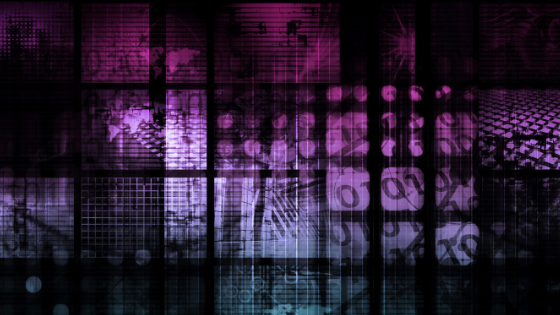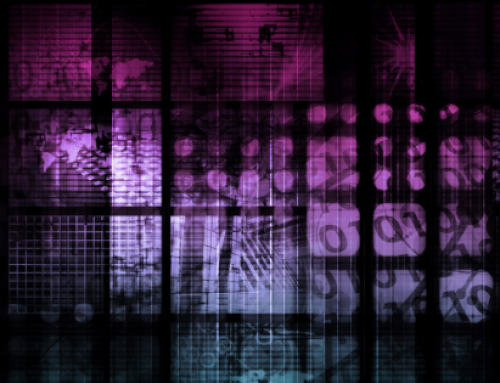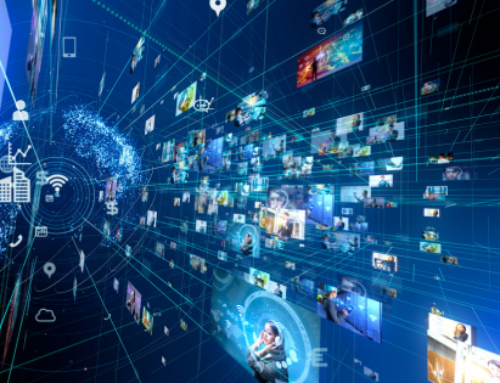As an industry, software development is constantly evolving. Every year brings new frameworks, languages, and innovations that change the way we build applications and systems and this year has been an exceptional year for technology development, From artificial intelligence and machine learning to blockchain, quantum computing, and more, the latest advancements can help to build more powerful, scalable, and secure software solutions.
It’s important for us developers to stay abreast of the latest advancements so that we can deliver innovative and competitive solutions for your business.
Here are just a few examples of trending technologies in software development.
Artificial Intelligence (AI) and Machine Learning:
Artificial intelligence (AI) is transforming software development in exciting new ways. AI systems can analyse huge amounts of data to detect patterns and insights that humans may miss. They can then use these insights to improve software design and development.
AI technologies like machine learning allow software to learn and adapt without being explicitly programmed. Machine learning algorithms use data to train AI systems so they can identify patterns and make predictions. Developers are using machine learning to build predictive models, recommend content, analyse images, and more.
Another AI technique impacting software development is natural language processing (NLP). NLP allows software to analyse, understand, and generate human language. Developers are using NLP to build chatbots, analyse text, translate between languages, and generate automated content.
AI also enables exciting new capabilities like computer vision. Computer vision allows software to analyse and understand digital images and videos. Developers are using computer vision to build image recognition, facial recognition, optical character recognition, and self-driving car systems.
Blockchain Technology:
Blockchain technology is revolutionising software development in exciting new ways. Blockchain is a distributed ledger that maintains a continuously growing list of records called blocks. Blockchain allows multiple parties to have a secure and consistent view of digital information without the need for a central authority.
Some of the ways blockchain is impacting software development include:
Enhanced security.
Blockchain uses encryption to ensure that transactions are secure, authenticated and verifiable. This makes blockchain applications very secure and transparent.
Decentralisation.
Blockchain does not have a central point of control or failure. Records are spread across many nodes in the network, and there is no single entity controlling the data. This makes blockchain networks very resilient.
Trust and transparency.
The distributed and immutable nature of the blockchain provides full transparency and a single source of truth. No one party controls the data, and all transactions are secure, authenticated and verifiable.
Smart contracts.
Blockchain platforms like Ethereum allow you to code self-executing contracts that automatically enforce the terms of an agreement. Smart contracts have many potential uses in software development.
Faster transactions.
Blockchain allows for faster clearing and settlement of transactions without the need for third-party verification. Payments and transactions can be completed in minutes rather than days.
Cost reduction.
By eliminating the need for third-party verification and central authorities, blockchain significantly reduces costs associated with transactions, administration and compliance. This can translate into major cost savings for software development.
Augmented Reality (AR) and Virtual Reality (VR):
AR and VR technologies are expanding in software development. They enhance user experiences by overlaying digital information in the real world (AR) or creating immersive virtual environments (VR). Virtual reality has made significant progress so far in 2023, with improved hardware, more immersive experiences, and wider mainstream adoption. Here’s what we have seen so far this year;
Increased field of view.
New optics and display technologies have expanded the field of view in many AR and VR headsets released this year. A wider field of view creates a more immersive experience by filling more of the user’s peripheral vision. The human eye naturally has a field of view of about 200 degrees, so headsets that can achieve 120 degrees or more provide a much more believable experience.
Eye tracking.
Many new headsets now incorporate eye tracking, which allows the device to determine where the user is looking and focus the display on that area. Eye tracking enables foveated rendering, which renders the area the user is looking at in high resolution while decreasing the resolution in the peripheral areas. This can improve performance and allow for more complex graphics. Eye tracking also enables new interface options based on gaze.
Hand tracking.
Hand tracking has been incorporated into more virtual and augmented reality experiences this year. Using cameras on the headset, hand-tracking systems can detect the position and movement of the user’s hands without requiring them to hold any controllers. This allows for direct hand interaction and manipulation of virtual objects, which many find more natural and immersive. Hand tracking is still imperfect, but continues to improve over time.
Photorealistic graphics.
Advancements in graphics processing have enabled stunning photorealistic graphics in virtual and augmented reality. Using techniques like physically-based rendering, ray tracing, and high-resolution textures, virtual worlds can now be created with a level of detail that is nearly indistinguishable from reality. As graphics continue to become more lifelike, virtual and augmented reality experiences become more believable and compelling.
Internet of Things (IoT):
The IoT market continues to grow, connecting various devices and enabling them to communicate and share data. It opens up opportunities for software developers to create innovative applications for smart homes, wearable devices, and industrial automation. This year we have seen;
Increased IoT device growth.
IoT Analytics predicts that the number of IoT devices will grow by 18% in 2023, reaching 14.4 billion devices. By 2025, this number could potentially increase to 27 billion connected IoT devices. This growth is facilitated by the replacement of older 2G/3G wireless networks with faster and more capable 4G/5G networks.
Expansion of cellular IoT connections.
The number of cellular IoT connections is expected to reach 3.5 billion in 2023. This signifies the increasing adoption of IoT technologies across various industries and sectors.
Advancements in smart factories.
Smart factories, leveraging IoT technologies, are gaining prominence. IoT-enabled automation, data analytics, and connectivity are transforming traditional manufacturing processes, enhancing efficiency, productivity, and predictive maintenance.
Emphasis on security.
As the IoT ecosystem expands, security has become a significant concern. In 2023, ensuring the security of IoT devices and networks remains a key focus. Efforts are being made to implement robust security measures, including encryption, authentication protocols, and secure firmware updates.
Low-Code and No-Code Development:
Advancements in low-code and no-code development have made it more accessible, efficient, and powerful for businesses and individuals alike. By empowering users with limited coding knowledge, these platforms contribute to faster application development, increased productivity, and the democratisation of software creation. What we have seen so far;
Increased adoption.
Low-code and no-code platforms have gained significant traction, with more individuals and organisations embracing these development approaches. This increased adoption is driven by the need for faster application development, reduced reliance on traditional coding, and the democratisation of software development.
Enhanced functionality.
In 2023, low-code and no-code platforms have expanded their capabilities, offering a wider range of features and functionalities. These platforms now support complex business logic, integration with various systems and APIs, and even artificial intelligence (AI) and machine learning (ML) capabilities. This allows users to build more sophisticated and intelligent applications without extensive coding knowledge.
Improved user experience:
User experience (UX) has been a key focus in the evolution of low-code and no-code platforms. The interfaces have become more intuitive and user-friendly, enabling non-technical users to navigate and build applications with ease. Drag-and-drop interfaces, visual workflows, and pre-built templates simplify the development process and empower users to create functional applications quickly.
Collaboration and teamwork.
Low-code and no-code platforms have also improved collaboration and teamwork capabilities. Multiple users can now work simultaneously on a project, making it easier to collaborate and share ideas. These platforms often include features like version control, comments, and notifications, fostering collaboration and ensuring smooth teamwork.
Integration and scalability.
Another improvement in 2023 is the enhanced integration and scalability of low-code and no-code platforms. They now offer seamless integration with existing systems and databases, allowing users to connect with various data sources and leverage existing resources. Additionally, these platforms have improved scalability, enabling applications to handle increased user loads and growing business requirements.
The future is exciting! Staying up-to-date with the latest software development trends is the best way to make sure we can keep your business thriving! Get in touch if you have project to discuss.




